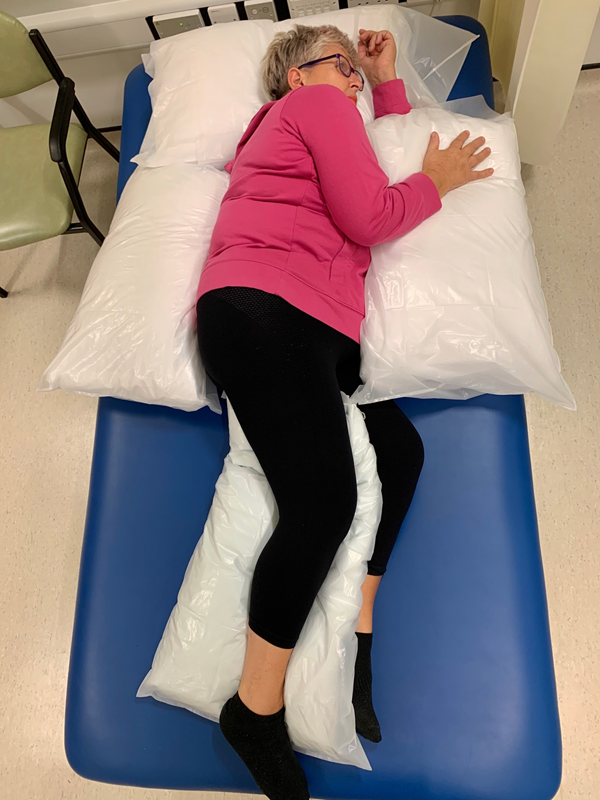Correct positioning is very important and advice can be provided to aid positioning when in the chair or bed.
Positioning is particularly important when:
-
Someone has impaired movement of their muscles and /or sensation
-
Someone has pain or spasms in a certain position
-
Someone is at risk or has developed pressure ulcers
-
Someone has cognitive impairments
-
Someone is restless or feels unsupported
-
Someone receives personal hygiene care in the bed
-
There are issues with swelling in arms and/ or legs
There are many benefits to good positioning. Some of which are highlighted below:
-
It assists with distributing pressure more evenly to help with prevention of pressure areas
-
Prevents over stretching of muscles which can cause pain
-
Avoids muscle shortening
-
Gives the feeling of stability and safety
-
Makes assisting with care needs easier
-
Facilitates the respiratory system
-
Assists with venous return
Pressure care
It is important that you change position regularly throughout the day to reduce the risk of pressure areas. For further information please see attached leaflet.




